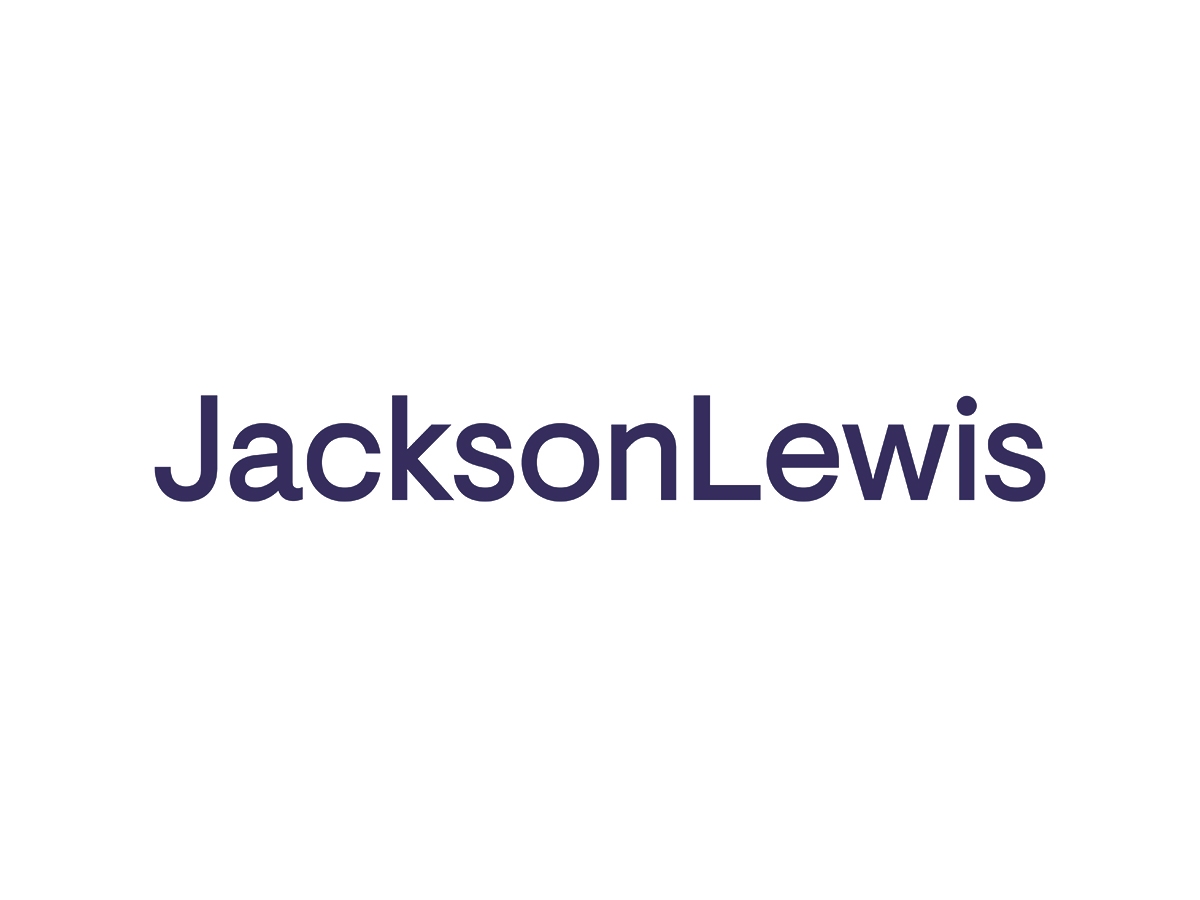Cal/OSHA Releases Updated FAQs and Fact Sheets for Third ETS Re-Enactment | Jackson Lewis CP
End of April, The Cal/OSHA Standards Board has voted to approve the third re-enactment of the Cal/OSHA COVID-19 Temporary Emergency Standard (ETS). The revised version of the ETS came into force on May 6, 2022.
As promised when it was adopted, Cal/OSHA has released updated guidance to help with this expiring version of the ETS. January 1, 2023.
Cal/OSHA has released an update to the ETS FAQ Revisions. This FAQ details the May 6 changesand version of the ETS and the requirements of the previous ETS which remain. There is a separate General FAQ COVID-19 ETS which is more responsive to the application of the ETS and has been updated to comply with recent ETS changes.
the Cal/OSHA Isolation and Quarantine Fact Sheet has also been updated to reflect changes in the revised ETS. The fact sheet includes a simple reference chart that explains when employees should be excluded from the workplace, depending on whether they test positive for COVID-19 or have close contact with positive cases.
Finally, Cal/OSHA “What employers need to know” fact sheet has been updated for ETS changes that came into effect on May 6and. Here is a summary :
- Face covering – Face covering requirements are the same for all employees, regardless of their vaccination status, and are no longer required at all indoor locations. The guidelines now also defer to California Department of Public Health (CDPH) masking requirements.
- Respirators – Employers must provide respirators to employees who request them for voluntary use, regardless of their vaccination status.
- Cleaning and disinfection – The ETS no longer includes any cleaning and disinfection requirements.
- Testing and exclusion
- Employers are now required to make COVID-19 testing available free of charge and during paid hours to employees with symptoms of COVID-19, regardless of their vaccination status and whether or not there is a known exposure. COVID-19 tests should also be made available to employees who have had close contact in the workplace, during outbreaks, and during major outbreaks.
- Detailed prescriptive requirements for excluding employees after close contact have been removed. Instead, employers should consider CPDH Guidelines for people who have had close contact and implement quarantine and other workplace measures to prevent transmission of COVID-19 in the workplace.
- Requirements for employees who test positive for COVID-19 have been updated to reflect the latest CDPH Isolation and Quarantine Guidelines. Regardless of vaccination status, positive employees can return to work after 5 days if the employee tests negative, symptoms improve, and they wear a face covering at work for an additional 5 days. Otherwise, most employees can return after 10 days.
- Definitions
- “Close contact” and “infectious period” are now defined so that their meaning will change if the CRPD changes its definition of the term in a regulation or order. This will allow for more flexibility and consistency with the CRPD.
- The “COVID-19 test” has been simplified to facilitate the use of self-administered and self-reported tests. A video or observation of the entire testing process is no longer necessary; a simple time-stamped photo of the test result will now suffice.
- “Fully vaccinated” has been deleted as this term is no longer used in the regulations. All protections now apply regardless of vaccination status and requirements do not vary based on an employee’s vaccination status.


Comments are closed.